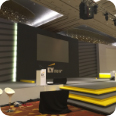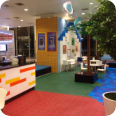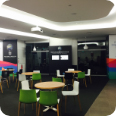Experiential Marketing That Drives Foot Traffic
30 October 2025
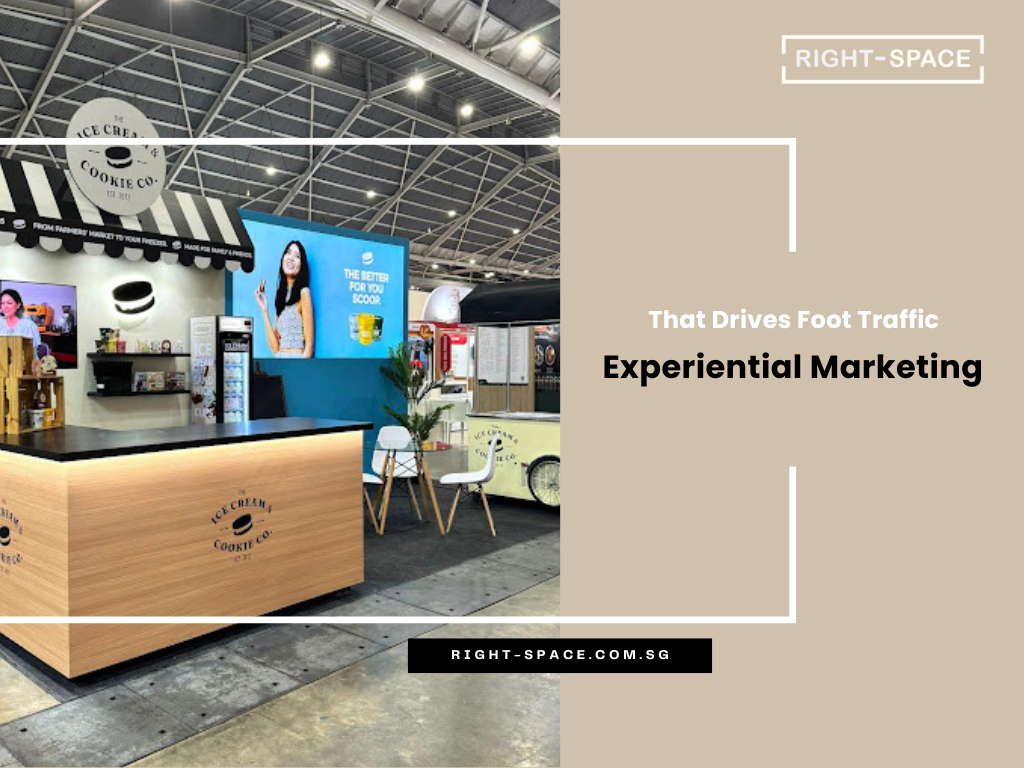
Retail activation in Singapore has become the game-changer for brands trying to stand out in a post-pandemic, experience-driven market. As foot traffic rebounds across malls and mixed-use spaces, consumers aren’t just shopping—they’re looking for connection, community, and memorable experiences.
This blog will walk you through how experiential retail activations help brands attract, engage, and convert shoppers in Singapore, along with real examples, measurable results, and insights for 2025.
Why Experiential Retail Is Redefining the Singapore Shopping Landscape
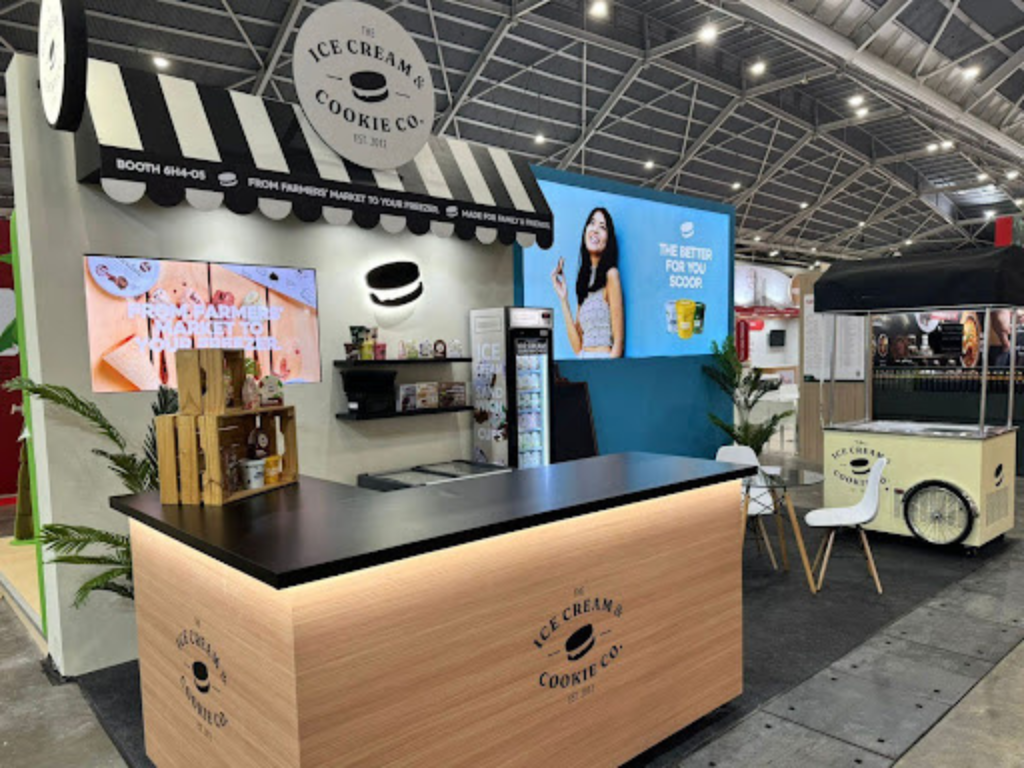
In an era of e-commerce dominance, experiential retail gives physical stores new purpose: to create stories that digital platforms can’t replicate. Instead of simply displaying products, brands now design immersive environments that engage all senses.
According to Shopify, experiential retail invites customers to participate—through workshops, demos, or events—rather than passively browse. The shift is especially visible in Singapore, where shopping is a lifestyle activity.
Yet, with 80% of mall visitors browsing without buying, the challenge is converting traffic into loyal customers. That’s where retail activations step in: by merging creativity, tech, and local culture to create an emotional hook that drives purchases.
The Role of Retail Activations in Singapore’s Competitive Market
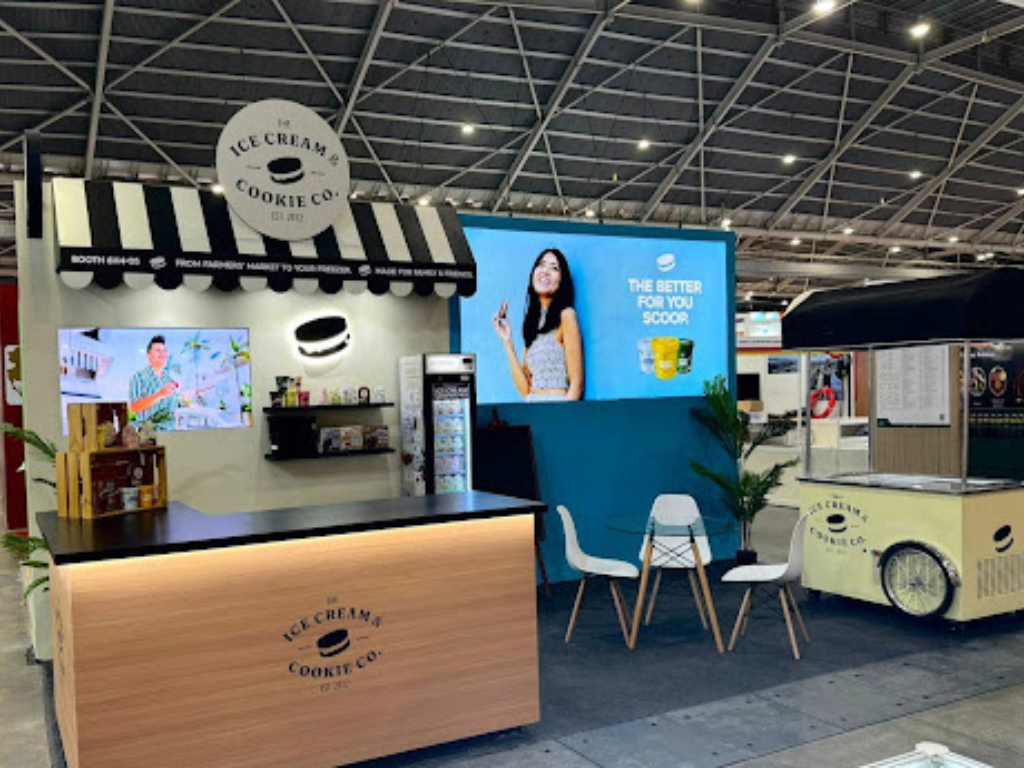
Singapore’s retail environment is among the most competitive in Asia. With flagship malls like ION Orchard, Jewel Changi, and Marina Bay Sands hosting dozens of events every week, brand differentiation is critical.
Experiential activations—whether they’re pop-up cafes, AR-integrated product demos, or influencer-led workshops—help brands:
- Convert passive visitors into active participants
- Generate organic social media reach through user-generated content
- Boost dwell time, a major predictor of purchase likelihood
- Enhance ROI by combining storytelling with data capture
Brands like Sephora and Nespresso have already proven the payoff. Sephora’s “Beauty Playground” campaign delivered a 40% increase in foot traffic, while Nespresso’s Jewel Changi pop-up generated over 5,000 qualified leads with 80% opting in for follow-ups.
What Makes Experiential Retail Different from Traditional Retail?
Traditional retail focuses on transactions. Experiential retail focuses on transformation.
Instead of a sales pitch, it offers interaction. Instead of rows of products, it creates immersive zones where customers see, touch, and feel the brand story.
RightSpace’s retail activation specialists design environments that use:
- AR mirrors and QR scavenger hunts to drive engagement
- Sustainability-focused pop-ups that appeal to ESG-conscious consumers
- Café-retail hybrids that merge lifestyle with product discovery
- Gamified elements that spark curiosity and friendly competition
What Types of Activations Work Best in Singapore?
1. Hyper-Local Storytelling
Local relevance drives participation. Campaigns that blend Singaporean culture, languages, or heritage with brand storytelling resonate most. Think Peranakan-inspired interiors, Lunar New Year tie-ins, or hawker-themed F&B pop-ups.
2. Tech-Infused Installations
Interactive tech is no longer optional. AR mirrors, digital foot scanners (like Sun & Sand Sports’ flagship concept at VivoCity), and RFID-driven demos attract digital-native consumers.
3. Sustainability-Driven Concepts
Brands like KLARRA and Gain City have integrated reusable décor and modular setups to project a sustainable image—key for corporate social responsibility (CSR) alignment.
4. Short-Term Pop-Ups for FOMO Effect
Right-Space recommends activations lasting 3–10 days—short enough to create urgency, long enough to capture consistent engagement. Short runs also allow fast iteration and data testing.
Best Locations for Retail Activations in Singapore
Location drives visibility and relevance. Top-performing venues include:
- Orchard Road – Premier retail district for lifestyle and luxury brands.
- Jewel Changi Airport – Ideal for international exposure and tourist engagement.
- Marina Bay Sands – Great for luxury and tech experiences.
- Bugis & Clarke Quay – Suited for youthful, creative activations.
- Raffles City & Westgate – Strategic for brands targeting professionals and families.
Each location offers distinct audience profiles—from high-spending tourists to young professionals—making venue alignment vital to ROI.
How to Measure the Success of a Retail Activation
A successful activation is one that connects emotion with data. To measure ROI effectively:
- Track foot traffic and dwell time (using heat maps or sensors).
- Monitor conversion rates and leads captured via QR check-ins or app registrations.
- Analyze social engagement through hashtags and influencer collaborations.
- Measure sales uplift within and post-campaign periods.
Nespresso’s pop-up reported 5,000 new leads with an 80% opt-in rate. Sephora saw a 40% increase in walk-ins and significant social media amplification. These measurable outcomes validate the growing importance of data-led experiential campaigns.
Mistakes to Avoid in Experiential Retail
Even the most creative campaigns can fail if execution doesn’t align with audience needs. Avoid:
- Passive booths without interactivity—visitors lose interest quickly.
- Ignoring localization—Singapore’s multicultural audience demands cultural sensitivity.
- Skipping permits or mall regulations—common but costly errors.
- Neglecting post-event follow-ups—captured leads must be nurtured.
As RightSpace emphasizes, an activation is not a one-off event—it’s the start of a conversation that extends into digital and CRM channels.
Emerging Trends in Experiential Retail (2025–2026)
The next wave of retail activations will blend technology, emotion, and purpose. Expect:
- Retailtainment: Spaces that merge shopping, dining, and entertainment.
- AI-enhanced personalization: Chatbots and RFID data for adaptive customer journeys.
- Sustainable activations: Reusable modular builds and carbon-offset campaigns.
- Expansion into non-traditional venues: Airports, business hubs, and mixed-use developments.
The Robin Report notes that hybrid spaces—like Café Kitsuné or Blue Bottle Coffee—show how retail is becoming an experience-first industry. Singapore is already leading that transformation.
Conclusion
Experiential retail activations are redefining what it means to connect with customers. They transform ordinary malls into storytelling arenas where shoppers become brand participants.
By combining creative design, technology, and cultural authenticity, RightSpace helps brands not just increase foot traffic but turn visitors into loyal advocates. As Singapore’s retail landscape grows more experiential, brands that invest in immersive design and measurable engagement will lead the next chapter of modern retail.
If you’re translating exhibition concepts to the mall floor, start with this trade show booth design guide to sharpen messaging hierarchy and flow, then adapt for in-store paths.
FAQs About Retail Activation Singapore
Q1: What is experiential retail and how does it differ from traditional retail?
A: Experiential retail invites shoppers to participate in immersive experiences rather than just buying products (Shopify). Traditional retail is transactional; experiential retail builds emotional connections.
Q2: Why are experiential activations important in Singapore?
A: With 80% of mall visitors browsing without buying, experiential activations help brands stand out, engage customers, and convert foot traffic into real sales.
Q3: What types of activations work best in Singapore?
A: Hyper-local storytelling, interactive technology, sustainability-focused pop-ups, and short-term activations (3–10 days) are proven to drive engagement.
Q4: How long should a pop-up store run for maximum impact?
A: RightSpace recommends 3–10 days—short enough to create FOMO, long enough to maintain momentum.
Q5: Where are the best locations in Singapore for experiential activations?
A: Orchard Road, Marina Bay Sands, Bugis, Jewel Changi, and Clarke Quay offer the best mix of visibility, accessibility, and audience diversity .
Q6: How do you measure the success of an experiential retail campaign?
A: Track metrics like foot traffic, dwell time, sales per visitor, lead capture, and social engagement. Nespresso and Sephora campaigns have achieved 40% footfall lifts using this model.
Q7: What trends will shape experiential retail in 2026?
A: Expect growth in retailtainment, AR/VR experiences, sustainability-driven pop-ups, and expansion into hybrid café-retail and airport spaces .


